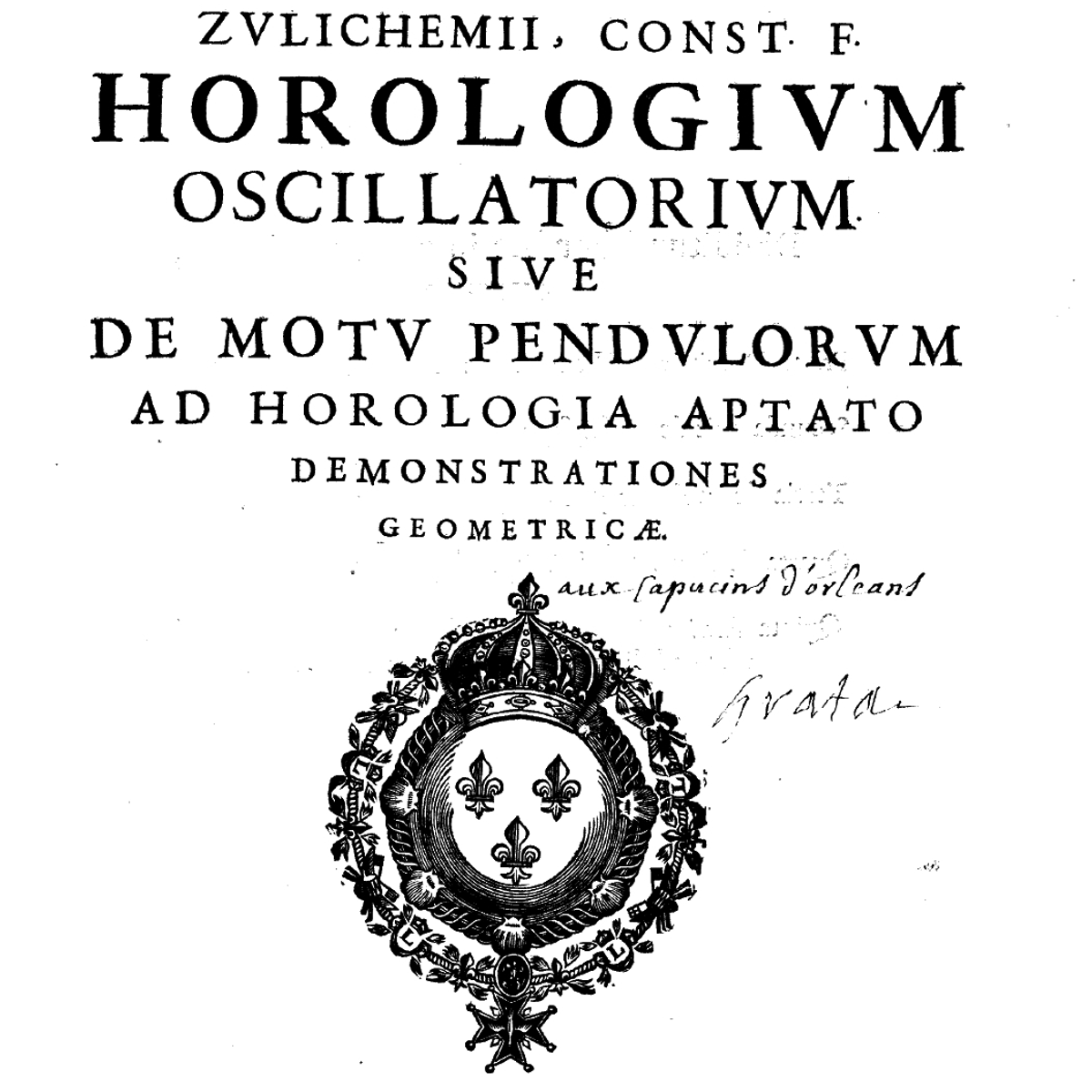Born in 1629, Christiaan Huygens was educated by eminent tutors at the family home in The Hague, under the supervision of his father, a diplomat and poet. Huygens possessed a true scientific mind and when university beckoned, he immediately chose mathematics, physics and astronomy – disciplines that would retain the mark of his tireless studies. In 1663 he was made a Fellow of the Royal Society in London. Three years later he was elected to the French Academy of Sciences and took up residence in Paris, helped by a generous pension granted to him by Louis XIV at the behest of Colbert, the controller-general of finances. Christiaan Huygens would spend fourteen years in Paris, during which time he devoted himself entirely to science. Mounting persecution of Protestants, which would culminate in the revocation of the Edict of Nantes, led Huygens to leave Paris and return to the Netherlands in 1680. He settled in The Hague, his birthplace, where he continued to develop his theories. His last years were solitary ones and, dogged by ill health, he died in 1695.
Christiaan Huygens was born in a country for which the seventeenth century was a golden age of intellectual freedom and scientific progress, made possible by religious toleration. He did it justice with publications, beginning in the 1650s, that describe his important discoveries in astronomy as well as physics and mathematics. He made groundbreaking observations of the Orion Nebula and discovered the rings of Saturn and its satellite, Titan. We owe him the calculation of centrifugal force, a theory on probability, the wave theory of light and the principle of the internal combustion engine. He also helped advance the science of horology, as the inventor of the pendulum clock. Building on the findings of Galileo, Huygens developed a cycloidal pendulum that maintains a constant period regardless of amplitude. In 1675, before members of the Royal Society, he presented a balance spring inside the first timepiece to be equipped with a sprung balance, built by the French clockmaker Isaac Thuret. Huygen’s invention represented a major breakthrough in timekeeping precision, even though metallurgy was as yet unable to compensate for variations in temperature.
1657
Invention of the pendulum clock, based on the work of Galileo and Bürgi. The clock was built by Samuel Coster in the Netherlands.
1659
Advances in isochronism with the development of a cycloidal pendulum that has a constant period regardless of amplitude.
1673
Publication of Horlogium oscillatorum, Huygen’s major work in which he describes the functioning and construction of a pendulum clock.
1675
Invention of the balance spring to regulate the oscillations of the balance wheel in a watch. The first such timepiece was built by the French clockmaker, Isaac Thuret.

